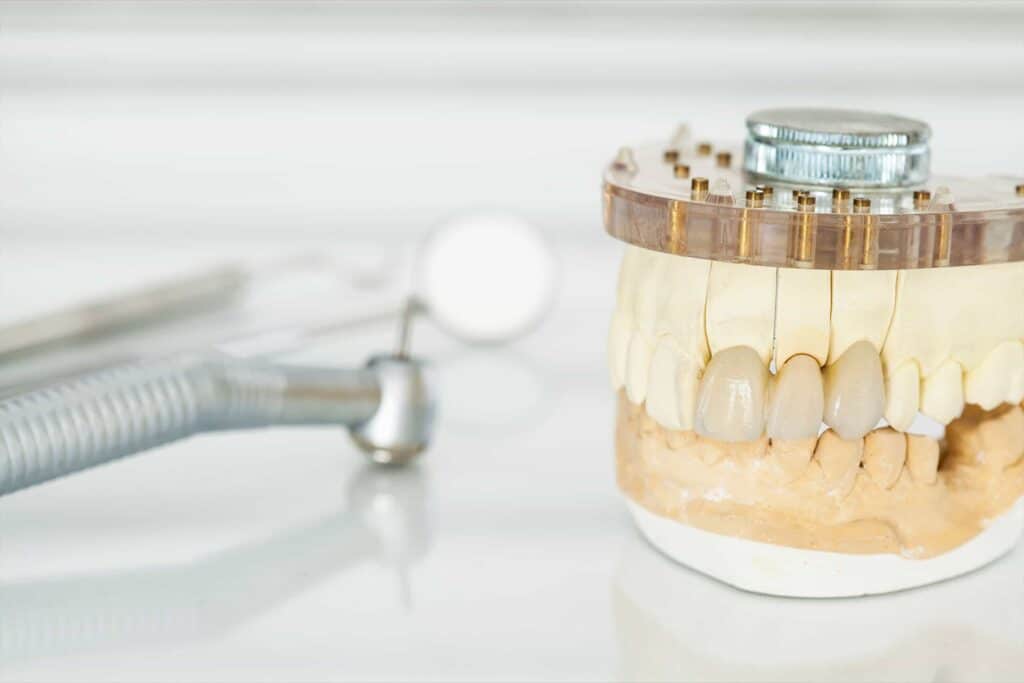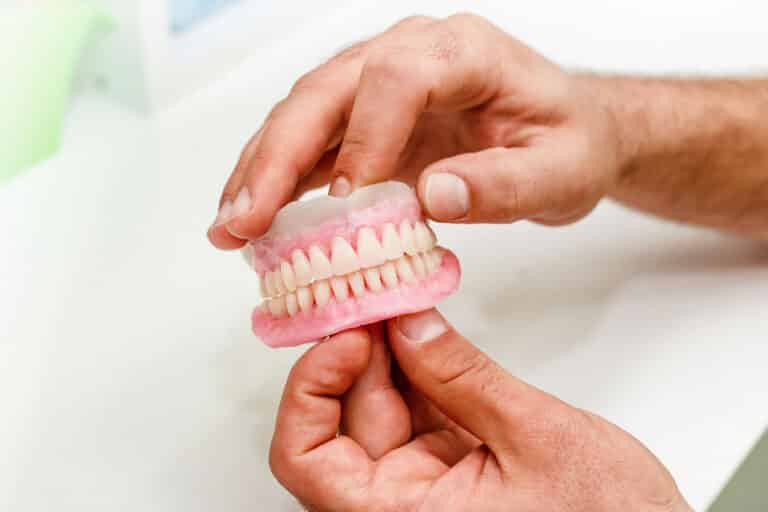Gum abscesses can be a painful experience, and when one develops, they’re pretty difficult to ignore. They don’t resolve on their own and require the services of a dentist. As soon as you notice that one has begun to form, you’ll need to consult a dental professional right away.
If left untreated, the infection from an abscess can spread. This article will discuss everything you need to know about gum abscesses and how to treat them.
What is Gum Abscess?
A more specific term for a gum abscess refers to a periodontal abscess, which is an infection arising from periodontal tissues. In other words, it forms when bacteria in the mouth cause an infection in the space around the gums and does not originate from the tooth. Gum abscesses can result from different factors, with one of the leading causes being periodontal disease.
A gum boil is similar in appearance and, depending on who you speak to, the definition may be interchangeable with a gum abscess. Since a gum boil is not a diagnostic term, it could refer to an overgrowth of tissue that develops on the gum. However, a gum boil may also be a gum or tooth abscess.
How Does a Gum Abscess Differ from a Tooth Abscess?
Though it might not seem apparent, tooth abscesses differ from gum abscesses. An abscessed tooth is caused by tooth decay, a crack in the tooth, or other pathology. These issues can allow bacteria to enter the nerve chamber within the tooth, leading to the death of the tooth pulp. The necrotic tissue within the tooth then acts as a highway and exits out of the root into the jawbone. When pus builds up at the root within the jaw bone, it forms a pocket or an abscess that typically tunnels its way out of the jawbone and forms a bump on the gums.
A gum abscess differs from tooth abscesses in that they are an infected tissue pocket in the gums. Gum abscesses can be gingival or only occur in the gum tissue, and they can also be periodontal, meaning they happen in the space between the teeth and the gums.
Also, bone destruction happens in different locations for tooth abscesses and periodontal gum abscesses. The damage is at the apex of the tooth in the tooth abscess, whereas a gum abscess will destroy bone at the crestal height.
What Causes a Gum Abscess?
Gum abscesses may occur because of another infection in the mouth, such as the aforementioned abscessed tooth or an infection located in the periodontal pocket. The periodontal pocket is a space between the gum and the tooth that develops because of gum disease.
Deeper pockets leave room for bacteria, food, and particles to settle. Eventually, this debris will form infection and abscess. Any time bacteria find their way into an open pocket, infection is very likely to occur. Additionally, if there is a defect in the gums due to poor tissue quality and recession, a bacteria can cause a gum abscess.
What Are Some Symptoms of a Gum Abscess?
The symptoms of a gum abscess include:
- Throbbing pain in the affected gum
- Pain in your ear, jaw, and neck on the same side as the affected gum
- Pain that becomes worse when lying down
- Pus or drainage near the site of pain
- Swelling or redness in the face
- A discolored or sensitive tooth
- Shiny, red, swollen gums
- Hot and cold sensitivity
- A foul taste in the mouth or bad breath
Available Treatments
The proper treatment for a gum abscess involves thoroughly draining it and cleaning the periodontal pocket. Your dentist will likely suggest a deep cleaning, including scaling and root planing, which will effectively remove tartar above and below the gum line.
You may even need a gum graft to eliminate one. Since gum grafts are used to fix recession and defects, a gum graft may be necessary to improve the quality of tissue so the gum abscess doesn’t reoccur.
Potential Complications
Ignoring a gum abscess means the infection can spread deeper into the gum tissue, affecting the surrounding bones and teeth. You may see an increase in pain and swelling, and the infection can even travel to other parts of your body and face. It will also lead to further destruction of bone.
As with all dental infections, gum abscesses can also affect your body as a whole due to the constant stream of bacteria into the bloodstream. This affects other parts of the body such as the heart which means all abscesses must be treated immediately.
Can I Lose a Tooth from a Gum Abscess?
If the infection spreads to the underlying bone that keeps your tooth in place, you could lose a tooth from a gum abscess. If enough of the bone surrounding the tooth is eaten away, it may be necessary to take the tooth out.
Can a Gum Abscess Make a Tooth Loose?
If left untreated, a gum abscess can cause damage to the gums and jaw that cause teeth to become loose. If the tooth becomes loose enough, it may require extraction.
How Do You Prevent a Gum Abscess?
Preventing gum abscesses comes with a regular and effective oral hygiene routine. Your dentist should be able to look at the quality of your gums and tell you if a gum graft is necessary to reduce the risk of a gum abscess. To avert a gum abscess, you should:
- Use floss at least once a day
- Brush with fluoride toothpaste twice a day for two minutes
- Avoid excessive pressure when brushing which could lead to gum recession
- Avoid rinsing your mouth after brushing as it washes away the protective toothpaste
- Cut back on sugary food and drinks
- Schedule regular dental visits
Gum abscesses aren’t always preventable, but there are steps you can take to keep them at bay. Seeing your dentist often is an essential component of a dental routine, and remember, always floss!





